


Michael Wichman
Associate Director
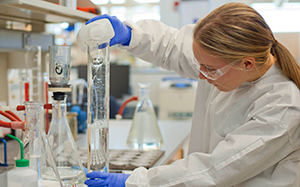
The laboratory continued development and implementation of a processed food testing program in coordination with the Iowa Department of Inspections and Appeals.

The Hygienic Laboratory was the first state environmental and public health laboratory to achieve approval status to test for all 28 chemicals identified in the EPA Unregulated Contaminants Monitoring Rule 3 (UCMR3).

Methods that were developed and validated at the Hygienic Laboratory to measure the radioactivity in hydraulic fracking flowback wastewater were approved and published by the Environmental Protection Agency.

The Hygienic Laboratory and the American Industrial Hygiene Association celebrated 40 continuous years of accreditation by AIHA at both its Coralville and Ankeny sites.

The laboratory was certified to perform testing using the Department of Defense Emergency Use Authorization Assay for Ebola Virus Disease.
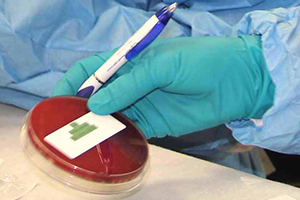
This year, 109 health alerts, testing information and educational news were sent via the LRN to partners in environmental and public health, federal agencies, health care, and national and international laboratories.

The FERN section validated and implemented an FDA procedure to test for total arsenic and arsenic species in fruit juice and rice.
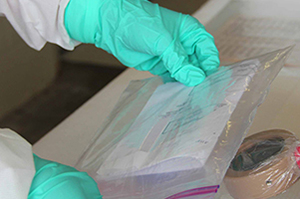
Taking part in seven drills this year helped the Radiological Emergency Response Team (RERT) section maintain the Hygienic Laboratory’s preparedness for radiological emergencies.
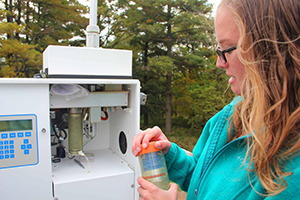
Visitors to the laboratory this year may tour a new air monitoring trailer to learn how the Ambient Air Quality section monitors levels of pollution in the air. The trailer also is used for staff training.
.jpg)
Despite the harsh Iowa winters, limnologists collect samples throughout the year from 61 ambient streams to test for levels of contaminants that may endanger water quality.
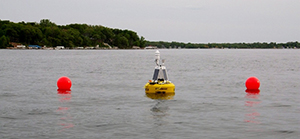
Lakeside Laboratory began a study using a hydrological buoy on West Lake Okoboji to gather environmental data that will help improve water quality in the lake.

Over the past 30 years, the Laboratory Certification program has grown to its 2015 level of 184 laboratories that it certifies to test wastewater, drinking water, solid waste and samples that may threaten the environment.